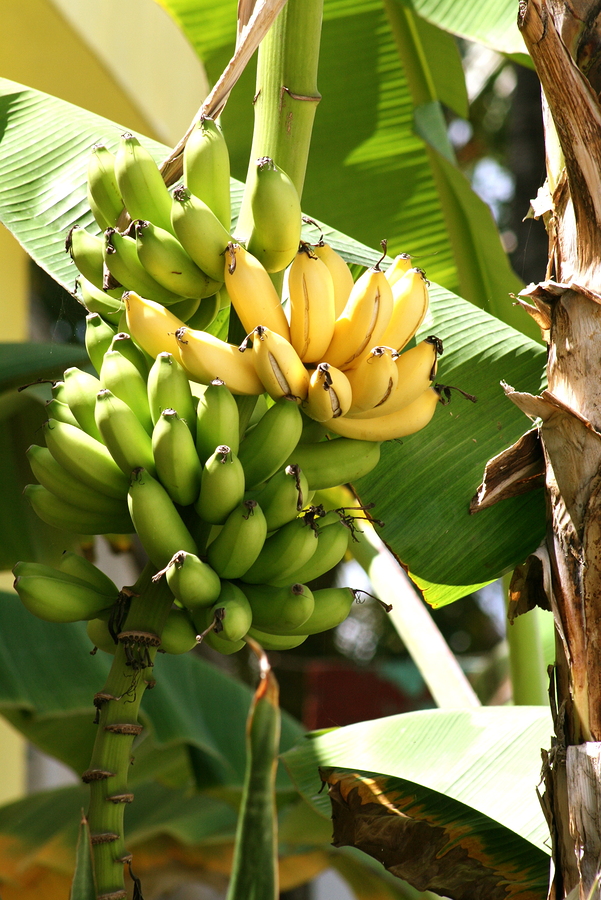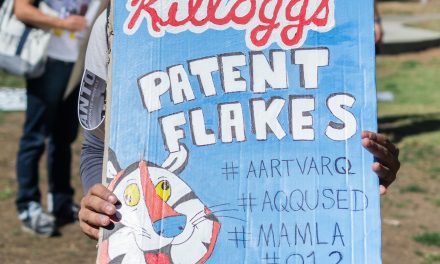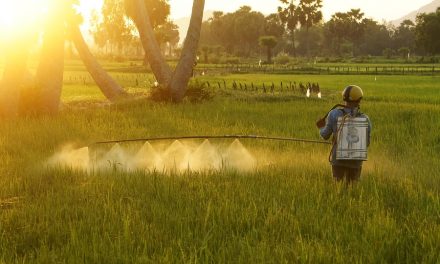Did you know that the banana is the world’s most popular fruit crop? Well, it is and every year, over 100 million metric tons are produced in over 130 tropical and subtropical countries. But, edible bananas are actually a genetic accident in nature. And one that we hope to be able to continue to enjoy for many, many years.
Nearly every banana sold across the Western world belongs to the “Cavendish” subgroup of the species. These bananas are sterile and therefore depend on propagation by cloning (either by suckers and cuttings taken from the underground stem) or through modern tissue culture. However, this familiar, bright yellow fruit, is in serious danger because the worldwide monoculture of genetically identical plants leaves the Cavendish vulnerable to disease outbreaks.
“One of the most prominent examples of genetic vulnerability comes from the banana itself. Up until the 1960s, Gros Michel, or “Big Mike,” was the prime variety grown in commercial plantations. Big Mike was so popular with consumers in the West that the banana industry established ever larger monocultures of this variety. Thousands of hectares of tropical forests in Latin America were converted into vast Gros Michel plantations.”
“Over a thousand species of banana have been recorded in the wild. Although most do not have the desired agronomic characteristics — such as high yields of seedless, nonacidic fruits with long shelf life — that would make them a direct substitute for the Cavendish, they are an untapped genetic resource. Scientists could search within them for resistance genes and other desirable traits to use in engineering and breeding programs.”
Source: CNN












